Don't see an advisor you admire? Let's add him to the database! - Request
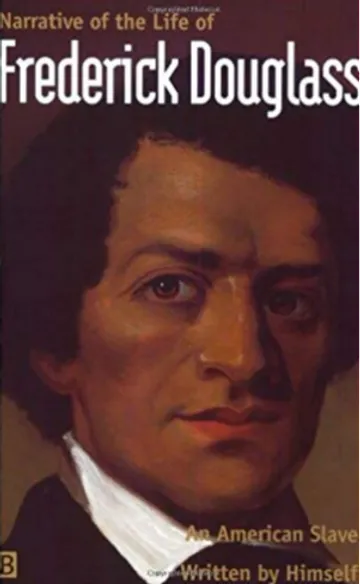
Narrative of the Life of Frederick Douglass, An American Slave Written By Himself
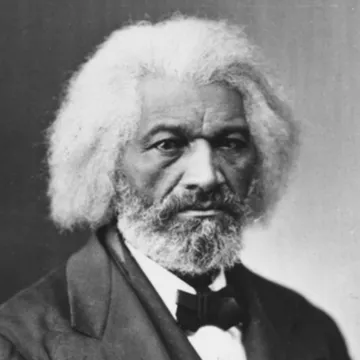
Frederick Douglass
February 8, 2001
Categories:Non-Fiction
Add missing Endorsement Rendors (2)
1
MacArthur Fellowship (Genius Grant) Winners
1
Pulitzer Prize Winner for Fiction
1
Thinkers 50
1
Tim Ferris Show Guest

Colson Whitehead
October 31, 2016
Novelist
Pulitzer Prize Winner for Fiction
MacArthur Fellowship (Genius Grant) Winners
.jpg.webp)
Subscribe to Blog and Updates:
Popular advisors

Doug McMillon
Rendors given:
30

Patrick Collison
Rendors given:
50

Walter Isaacson
Rendors given:
88

Howard Schultz
Rendors given:
9

Indra Nooyi
Rendors given:
11
Popular books

Influence: The Psychology of Persuasion
Rendors:
33
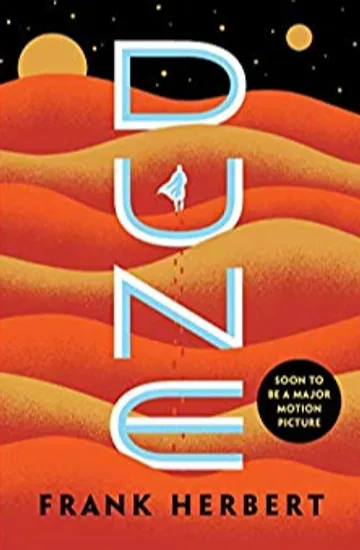
Dune
Rendors:
21
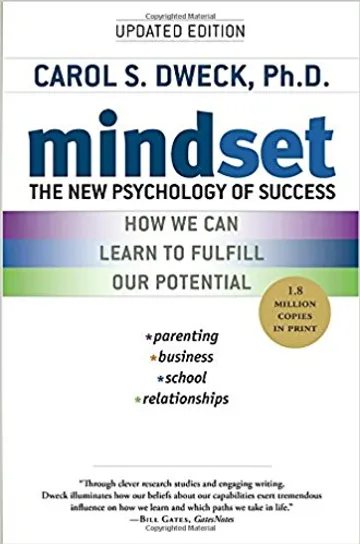
Mindset: The New Psychology of Success
Rendors:
23
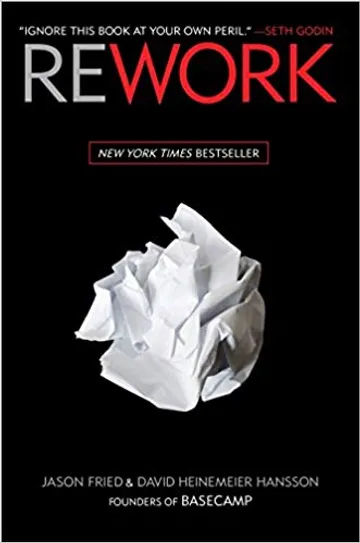
Rework
Rendors:
22

